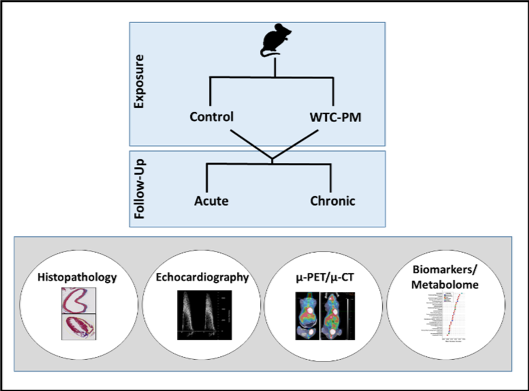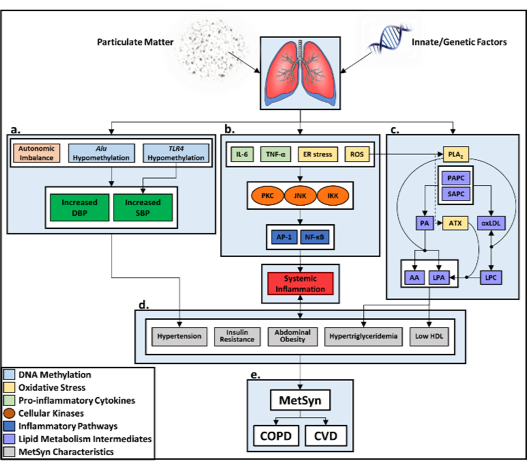
Role of the Receptor for Advanced Glycation Endproducts
The Nolan Lab studies particulate matter-related lung disease in collaboration with the FDNY WTC Data Center and the FDNY WTC Health Program. We have demonstrated that mediators of metabolic syndrome, vascular disease, and inflammation predict development of abnormal lung function.

Led by principal investigator Anna Nolan, MD, the lab’s major focus is to understand the roles of the receptor for advanced glycation endproducts (RAGE) and lysophosphatidic acid (LPA), a product of LDL cholesterol, in lung disease. Dr. Nolan performs these studies in collaboration with Ann Marie Schmidt, MD, in the Diabetes Research Program, who discovered RAGE and recently identified LPA as a novel ligand of RAGE.

Dr. Nolan’s group translated the lab’s clinical observations into a murine model of particulate exposure while working with Lung-Chi Chen, PhD, and Terry Gordon, PhD. More recently we have assessed vascular measures and morphology in collaboration with Youssef Zaim Wadghiri, PhD, in the Preclinical Imaging Laboratory.
Related Publications
Caraher EJ … Nolan A. Receptor for advanced glycation end products contributes to particulate matter associated loss of lung function and hyperreactivity. PLoS ONE. 2017.
Haider SH … Nolan A. Receptor for advanced glycation end-products and environmental exposure related obstructive airways disease: A systematic review. Eur Respir Rev. 2019. DOI.